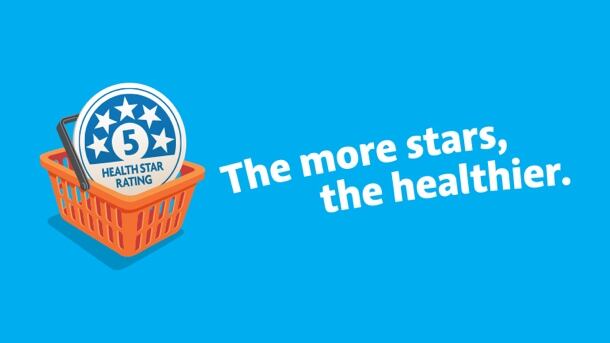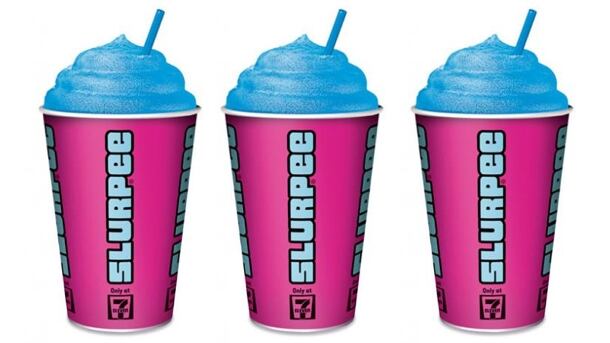Analysing data from the Australian National Drug Strategy Household Surveys during 2001-10, Monash University researchers followed the alcohol consumption habits of more than 100,000 Australians to find that regular binge drinkers are up to 30% more likely to commit drink-driving offences, vandalism or violence than other drinkers.
Their model, published in Economic Record, shows that frequent binge drinking is associated with a 17% higher rate of drink-driving, 11.8% more physical abuse, and 4.2% more cases of public nuisance, including theft and damage to property.
The study took the official definition of binge drinking as engaging in medium- to high-risk drinking by consuming seven standard drinks a day, or five for women. It found that 43% of Australians were binge drinkers, having done so once in the previous 12 months, and a further 9% did so frequently, at least once a week.
Xueyan Zhao, a Monash econometrics professor, said that this meant that the probability of antisocial or unlawful behaviour among binge drinkers would double or triple compared to regular drinkers.
“We have clear evidence that the act of binge drinking significantly increases the likelihood of people engaging in a range of alcohol related anti-social and unlawful behaviours,” Professor Zhao said.
“What we’re seeing here is that binge drinking poses a significantly higher risk. Frequent binge drinking has been shown to significantly increase the probability for behaviours like drink-driving, public disturbance, damage to property or theft, and violence.”
The study also revealed that those most likely to be associated with public disturbance and verbal or physical abuse included males aged 18-29, indigenous Australians, and those who were unmarried, unemployed or less educated.
However, drink-driving is equally associated with all socio-economic groups including higher educated and higher income drinkers.
Professor Zhao said that while the figures were concerning, the rates of such behaviour had continued to decline.
“There has been a decreasing trend since 2001 for the probabilities for all negative alcohol-related behaviours.”
The only demographic that seems to defy this trend is the 60-plus age group, among which the probabilities for drink driving or other antisocial behaviours have shown a slight increase as the baby boomers enter this age band.
Source: Economic Record
DOI: 10.1111/1475-4932.12243
“Binge Drinking and Antisocial and Unlawful Behaviours in Australia.”
Authors: Yang, O., Zhao, X. and Srivastava, P.
More stories from Down Under…
Experts take sides as NZ prepares for Health Star labelling campaign
Next week will see New Zealand embark on a three-month awareness campaign to promote the voluntary Health Star labelling system in a move championed by the country’s food industry and retailers.

The voluntary labelling system uses star ratings of 0.5 to 5 stars to measure the overall nutritional content and healthiness of packaged foods.
Foods that are lower in saturated fat, sugar or sodium, and/or higher in fibre, protein, fruits, vegetables, nuts or legumes will gain more stars.
The campaign will help to increase consumers’ understanding and awareness, health minister Jonathan Coleman claimed: “The Health Star rating takes the guesswork out of reading nutrition labels when buying and choosing food. It helps parents and caregivers make better informed, healthier choices.”
With overweight and obesity are expected to overtake tobacco as the leading preventable risk to health in New Zealand in the next 12 months, the front-of-pack labelling system was part of health plan launched by the government last October.
There is strong support from manufacturers and retailers for Health Star ratings, said Katherine Rich, chief executive of the Food and Grocery Council, which represents manufacturers and retailers.
“Not everyone understands nutrition panels, so this quick and easy solution on the front of packs will make it easier for shoppers to identify more healthy choices, and we’re confident that once they see how easy it is, they will embrace it.
“Many FGC members have committed to using the scheme and we estimate that there are now more than 1,000 products with Health Star ratings on their packaging.”
Rachael McLean, senior lecturer in public health and nutrition at the University of Otago, said that changes to nutrition labelling would ideally deliver a more healthy overall food supply, though there is only limited research into its effectiveness.
Dr McLean said: “It is important that that it be comprehensively and independently evaluated, and modified if problems are identified. If uptake by the industry is limited, mandatory labelling should be considered.
“While there is evidence that front-of-pack interpretive labels [using graphics or symbols] result in some consumers making healthier choices, these also encourage food producers to re-formulate their products to get better ratings.”
Yet there are caveats to the method. According to Elaine Rush, professor of nutrition at AUT University.
“The system is based on nutrients, and apart from the fruit, vegetable and nut content, these can be manipulated to fit the cut off criteria to get more stars” she said.
“There is no information on the front of pack about what the ingredients are in the product, for example additives and preservatives, and how highly processed the product is – how much of the sugar is part of the ingredients (naturally present in milk, dried fruit) and how much has been added.”
The ratings were developed by the government in collaboration with public health experts, the food industry and consumer groups.
Slurpees and Slushies gain in popularity as other soft drinks wilt
Frozen drinks such as Slurpee and Slushie have gained in recent popularity, placing them among the few cold beverages to have done so, market research suggests.

Over the last three years, the proportion of Australians who consume frozen drinks at least once a week grew from 415,000 to 637,000 people.
While this corresponds to just a fraction of the proportion of Australians who consume carbonated soft drinks (47.6%, down from 49.2%) or fruit juice (26.5%, from 28.5%), it is the only one out of the three to have increased its consumers during that time.
Younger Australians are much more likely than older ones to consume frozen drinks; in fact, almost three-quarters are aged under 35, compared with 40% of soft-drink consumers and 41% of fruit juice drinkers.
Indeed, only 5.4% of total frozen drink consumers are aged 50 or older, a much smaller proportion than the 33% who choose soft drinks, and the 35.4% whop opt for fruit juices.
Given their low price and easy availability through fast-food chains, it is not surprising that people who consume these drinks are around 50% more likely than the average Australian to visit a fast-food restaurant in an average three months, according to Roy Morgan Research, which conducted the survey.
Moreover, a massive 88% of people who consume frozen beverages in any given week will also drink at least one fizzy drink over the same period, making them 85% more likely to do so than the average Australian.
“While frozen drinks are nowhere near as widely consumed as carbonated soft drinks or fruit juices, our data indicates that their popularity is rising,” said Andrew Price of Roy Morgan.
“With their low cost, sweet taste and bright colours, it is not surprising that these beverages are especially popular with younger Aussies; nor is it surprising to see that their marketing communications are firmly focused on this demographic.”
Slurpee, for example, has a massive social media presence which engages its youthful audience even when they are not “slurping”.
“Although frozen drinks are currently a niche beverage, their growing popularity is certainly worth monitoring, especially as consumption of soft drinks and fruit juices declines.”
Price added that soft drink and fruit juice brands needed to gain an in-depth understanding of who drinks frozen beverages to maximise any crossover potential.
“Meanwhile, frozen drink brands wishing to grow their market also stand to do so more successfully if they can pinpoint exactly who they wish to target and how best to reach them.”
